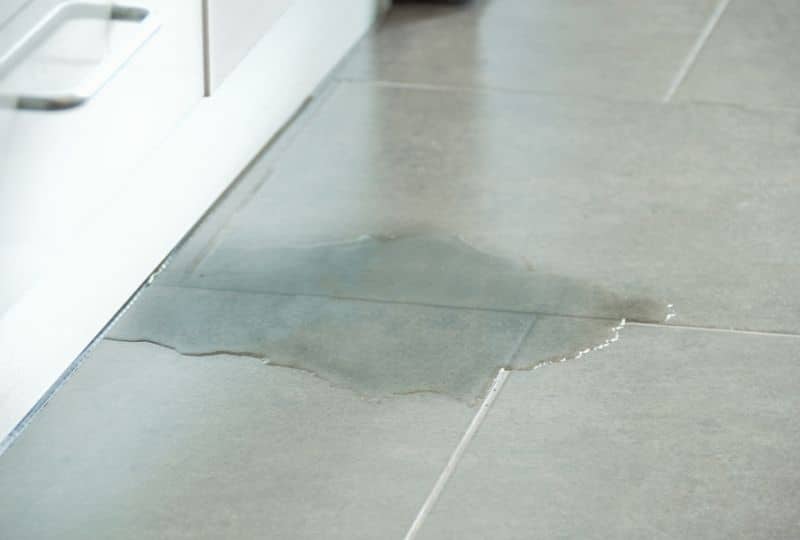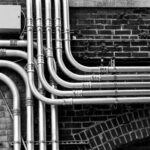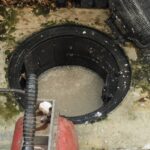Hearing a mysterious dripping sound at home is always an alarming situation. Water leaks can easily begin somewhere without the homeowner even realizing it.

Image Source: unsplash.com
The more time the water leaks, the more opportunity the water has to produce mold and hinder the structural integrity of your home. Luckily, learning the common causes of interior water leaks in homes will help you swiftly identify problems and prevent them from happening again.
1. Roof Damage
Your roof does more than look nice; it also defends your attic and everything below from the elements. Unfortunately, roof damage can occur for various reasons, including punctures from falling tree branches, loosened shingles, worn flashing, and more.
When something compromises the roof’s defenses, water can begin seeping into your home, starting with the attic. Thus, you should consider routine attic and roof inspections every few months to ensure everything is in working order. Staying on top of your roof and attic maintenance routine is invaluable to their life spans.
2. Chimney Damage
Water damage around your fireplace is another one of most common signs that your chimney needs repairs. Chimney leaks develop from structural damage such as worn mortar joints and crowns. Hiring reliable professionals to work on your chimney can help you avoid such issues.
3. Clogged Pipes

Your home’s pipes are essential for transporting water, but clogs can develop when debris enters the pipeline. But if you can’t see the blockage, how can you solve the problem?
Among the best ways to keep your water pipes sufficient is treating them with care. Simply put, be wary of what you send down your drains. Frequent culprits behind pipe blockages include hair, hot grease, paper, and food.
4. Gutter Obstructions
Not all the common causes of interior water leaks in homes start from inside. Your exterior gutters and downspouts can cause internal leaks, too. For example, when leaves, tree branches, and other debris collect in gutters over time, they prevent rainfall from draining.
As a result, the blockage forces rainfall to overflow gutters and seep into your walls. Luckily, the solution here is also simple: inspect your gutters and downspouts every 6 to 12 months and remove any blockages you find. As you can see, home maintenance goes a long way.




Leave a Reply